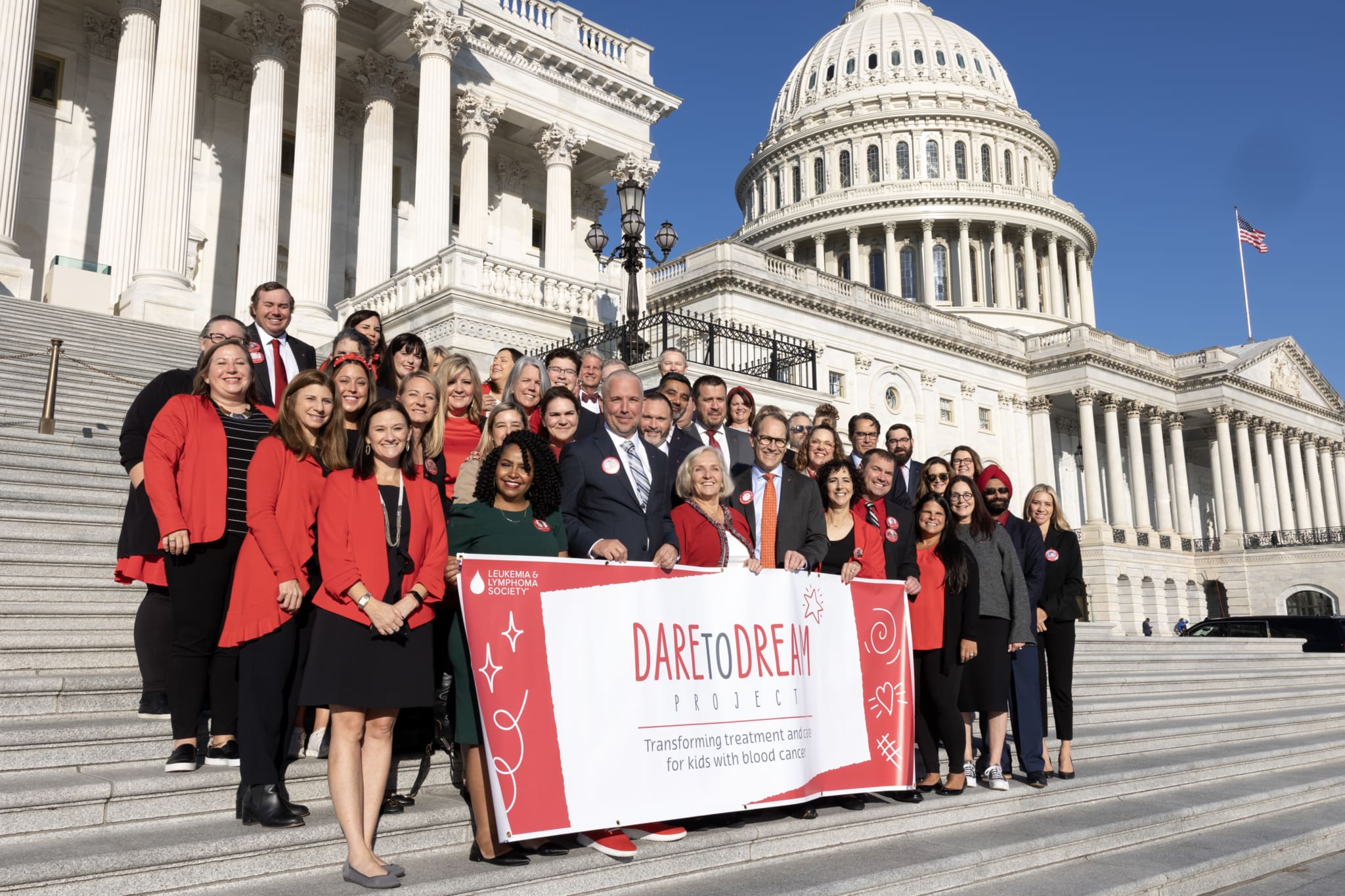By Brenna Stroup, Marie LeBlanc, and Jessica Mason
This post is the second in a series that shares lessons Independent Sector learned through our 2016 initiative to address power dynamics in the charitable sector.
During a series of community conversations in 2015 that engaged 2,000 sector leaders in 14 cities, we consistently heard that strained relationships between foundations and nonprofits were impeding organizations’ ability to meet their missions. We took this feedback to mean that the field was ready and willing to address an issue that was clearly a source of tension and friction for so many. We also saw significant potential for sector-wide impact if we could find the right formula to build and sustain transformative grantee-funder relationships. Thus was the basis for launching our body of work dedicated to understanding the power dynamic between grantees and funders in 2016.
A core tenet of human-centered design is identifying and questioning all assumptions that underlie your hypothesis. Our work this year challenged core assumptions about the relative importance of the power dynamic in the sector. Nonprofits and foundations varied more than we expected in their acknowledgement and understanding of the power dynamic, and—consequently—in their interest and willingness to prioritize working on their own power dynamics.
We anticipated funders might be more hesitant to engage in work that challenged a system in which they held the power. At times we struggled to engage as many funders as nonprofits in developing solutions to build healthier relationships, and we took intentional steps to ensure that funders’ perspectives helped shape our view of the challenge and possible solutions.

What we didn’t anticipate was the skepticism and skittishness we experienced from nonprofits. During stakeholder interviews and sessions to solicit feedback on our solutions, we heard from grassroots, community-based, and smaller nonprofits that the power dynamic simply wasn’t on their radar. In comparison with on-the-ground work meeting basic needs or serving local communities, the power dynamic paled in importance. The connection between power dynamics and mission was not clear, and organizations lacked the time and resources to grapple with what they perceived to be a “luxury” solution.
We also heard many staff express a lack of organizational self-awareness, self-reflection, risk tolerance, and transparency that could hinder their ability to fully engage with either solution.
The conflicting feedback shows that we didn’t fully capture the complexity and nuance of the issue in the way we framed our work. We weren’t wrong to prioritize the power dynamic as a critical issue for our sector. However, we needed to better understand how to talk about grantee-funder relationships in a way that resonated with diverse stakeholders’ needs.
During the year, we alternately referred to this work as focused on “the power dynamic” and “creating transformative relationships.” We weren’t consistent in our language, and the use of technical and jargon-y wording may have distanced our work from the lived reality of potential users. Language matters, and we could have done a better job in incorporating learning in real time and adapting our approach based on user feedback during the design process.
A different problem frame may have better captured these nuances. If we were to approach the topic again, we might ask, ‘How might we build and sustain grantee-funder relationships that achieve greater social outcomes for all stakeholders and community members?’
Regardless of the importance we may place on an issue, we must begin with an open process of inquiry to appreciate how our understanding of an issue intersects with users’ lived experience, and ensure that our solutions are actually relevant to their daily work and priorities.
Brenna Stroup is the assistant for programs and operations and Marie LeBlanc is the manager of critical issues and sector advancement at Independent Sector. Jessica Mason is founder and principal at The Social Impact Studio.



